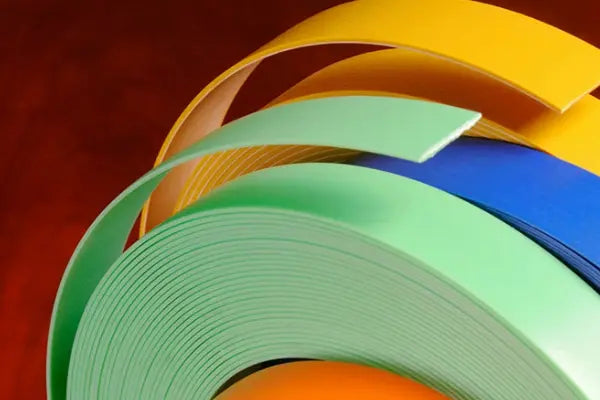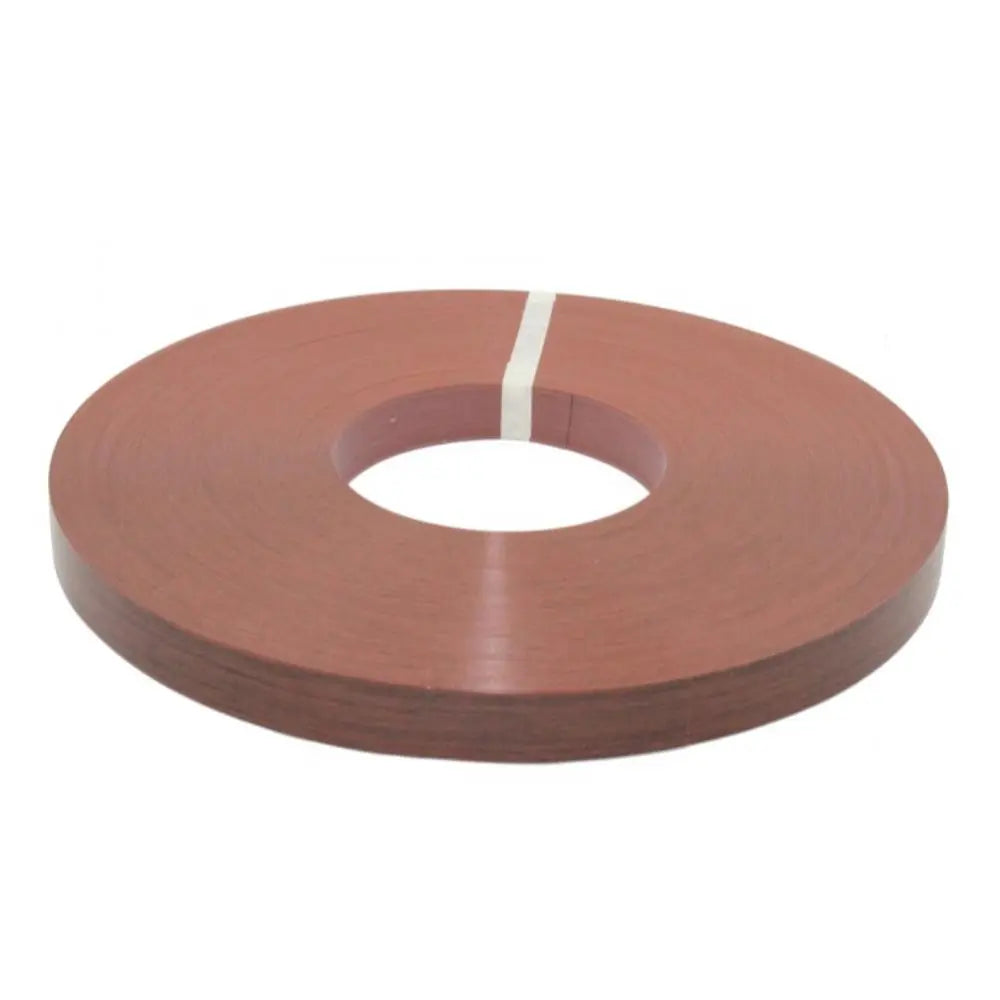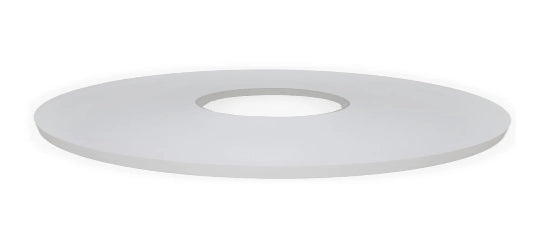Edge banding is the unsung hero of modern furniture and cabinetry. While often overlooked, it is the detail that transforms exposed core material such as particleboard or MDF into sleek, durable, and professional-looking surfaces. Whether you're a designer, contractor, DIY enthusiast, or manufacturer, knowing the type of edge banding you need is essential for creating beautiful, long-lasting laminate projects. This comprehensive guide covers everything you need to know about edge banding—what it is, why it matters, how to choose the right type, and how to achieve flawless results for every laminate brand.
What Is Edge Banding?
Edge banding is a thin strip of material applied to the exposed edges of laminate panels, such as particleboard, MDF, or plywood. Its primary role is to seal and protect raw edges, preventing moisture intrusion, chipping, and wear. Beyond protection, Edge banding delivers a seamless finished look that matches or complements the laminate surface, elevating the overall appearance of the furniture or cabinet.
History of Edge Banding
Edge banding emerged alongside engineered wood in the last century. As furniture makers sought ways to improve the durability and aesthetics of new materials, edge banding became the go-to solution for finishing exposed edges.
Why Edge Banding Matters for Laminate Projects
Durability and Protection
Laminate surfaces are prone to chipping, swelling, and damage at the edges. Edge banding acts as a protection, preventing moisture and impact from compromising the core material. This is especially crucial in kitchens, bathrooms, and high-traffic commercial areas.
Enhanced Aesthetics
A well-matched edge banding creates a seamless transition between the top surface and the sides, delivering a polished, professional appearance. With the right color and texture, the edge becomes almost invisible.
Safety and Comfort
Exposed laminate edges can be sharp and rough. Edge banding smooths these surfaces, making the furniture safer and more comfortable to us.
Types of Edge Banding Materials
Choosing the right edge banding material is important for both function and style. Here are the most common edge banding types:
PVC Edge Banding

- Pros: Highly durable, moisture-resistant, and available in a vast range of colors and finishes.
- Best for: Kitchens, bathrooms, and commercial furniture.
ABS Edge Banding

- Pros: Eco-friendly, recyclable, and similar in performance to PVC.
- Best for: Projects prioritizing sustainability.
Wood Veneer Edge Banding

- Pros: Made from natural wood, it can be stained and finished to match custom surfaces.
- Best for: High-end furniture, cabinetry, and visible surfaces.
Melamine Edge Banding

- Pros: Cost-effective, easy to apply, and available in many patterns.
- Best for: Budget projects and quick renovations.
Tip: Compare the pros and cons of each material based on your project's durability, appearance, and budget needs.
Edge Banding Compatibility with Laminate Brands
Not all laminates are created equal, and neither is edge banding. Achieving flawless finish means matching your edge banding to the specific laminate brand, same color, and finish.
Matching Edge Banding
At LEDGEBAND, we stock edge banding matches for all laminate brands in PVC and ABS material as well as metal and wood veneer tape in various sizes and thicknesses.
Custom Edge Banding
If you have a unique color laminate, we offer custom edge banding to meet your specifications.
How to Choose the Right Edge Banding
We make the process easy on our website. Selecting the right edge banding is simple: just navigate to our edge banding menu, select the laminate brand you're looking for (e.g., Formica edge banding, Wilsonart edge banding), or type the laminate name into our search bar, choose the correct size, thickness and finish that best compliments your laminate.
Application and Installation Methods
Applying edge banding is straightforward with the right tools and techniques:
Most Common Application Methods
- Iron-On: Pre-glued edge banding activated by heat is ideal for DIYers.
- Hot Air or Laser: Professional-grade methods for seamless, zero-joint finishes.
- Glue Application: Using EVA adhesive, used for thicker or specialty edge banding and required edge banding machine.
Edge Banding Installation Overview
- Prepare the Surface: Clean and sand the edge for best adhesion.
- Cut Edge Banding: Measure and trim to slightly longer than the edge.
- Apply Banding: Use the chosen method (iron, hot air, glue) to bond the strip.
- Trim Excess: Use a sharp blade or trimmer for a clean finish.
- Finish Edges: Sand lightly for smoothness and durability.
Pro Tip: Always follow the manufacturer's instructions for best results and longevity
Troubleshooting and Maintenance
Even the best edge banding can encounter issues. Here's how to keep your edges flawless:
- Peeling or Bubbling: Reapply heat or adhesive and press firmly.
- Chipping: Use a touch-up marker or replace the damaged section.
- Cleaning: Wipe with soft, avoid harsh chemicals.
Regular maintenance ensures your edge banding stays beautiful and functional for years.
Edge Banding Supplier
We stock all types of edge banding, including PVC, ABS, Metal, and Wood Veneer edge banding in various sizes, with the fastest turnaround, no minimum, the ease of online purchase.
Recent Posts
-

The Ultimate Guide to Applying Veneer Edge Banding Like a Pro
Read more








